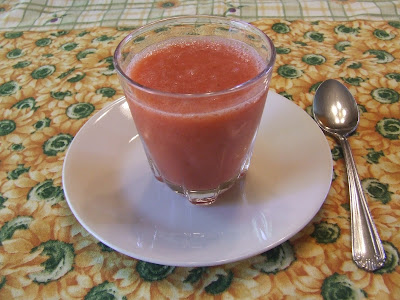
It is time for the second linkup for the
HSV Garden Challenge. This last month has been loaded with Garden learning both in both the indoor and outdoor classrooms. Yeah for spring and spending more time in the outdoor classroom! :D
We had only two letters of the alphabet, Q & Y, left to study when the garden challenge started. Even with these two 'crazy' letters, I tried to incorporate some 'garden' learning into our lessons. On Q week we studied birds (Q = quail) and the roll plants play in bird's lives as food and shelter, and on Y week we studied colors (Y=yellow). The highlight of Y week was watching a
celery stem draw colored water up the stem. It is such a great illustration for young minds to grasp how water moves through a plant up toward the leaves (transpiration).
We recorded observations on our
bean experiment every day for 21 days and then transplanted #1 (control) and #2 (no sunlight) into soil and placed them in the greenhouse with all my started garden plants. This week we noticed that #1 has started setting buds and will flower soon. It is our goal to plant both #1 & #2 into the garden and continue to follow them for the rest of the summer.
Having completed our curriculum, we are currently doing Garden Challenge inspired unit studies each week. :) One week we focused solely on plants, another week we studied weather and seasons and we are currently studying insects.

The weather and seasons study was especially fun. Our studies were centered around the book, 'Bear's Busy Year' and 'Zinnia's Flower Garden'. Every day we observed and recorded the current weather conditions and spent one day focused on each of the four seasons. We investigated and thought about what plants are doing and what we are doing during each season and then created a book illustrating what is happening in each season.

We are following a similar pattern as we study insects and are having a great time observing the many pollinators that have been visiting our Nanking and Evans cherry trees over the last few weeks. The kids were given a Lady Bug Land kit for Christmas. The Ladybugs arrived the first week of April and over this last week all of the Ladybugs emerged from their pupa! It has been fascinating for all of us to watch them transform from pinhead sized larva into pupa and now Ladybugs. We plan to release them into our backyard on Friday so they can protect our garden from insect 'pests' (aphids) this summer. :)

Last, but not least, we had garden 'physical education' last weekend as the kids helped me move soil into our
new strawberry bed . They were very excited to help dig and transfer soil into the new bed (top photo). It is great to have a willing and truly helpful helper for this somewhat laborious task. It didn't hurt to know that the end result would be an abundance strawberries available for the picking! ;) No matter the motivation, I was happy to have the help and happy to watch my child share in the excitement of an anticipated harvest.
I hope you have a chance to share some garden learning and harvest anticipation moments with your kids this month. :)
Happy Gardening (and Garden Learning)! :)
The next linkup will start on May 31st.





























